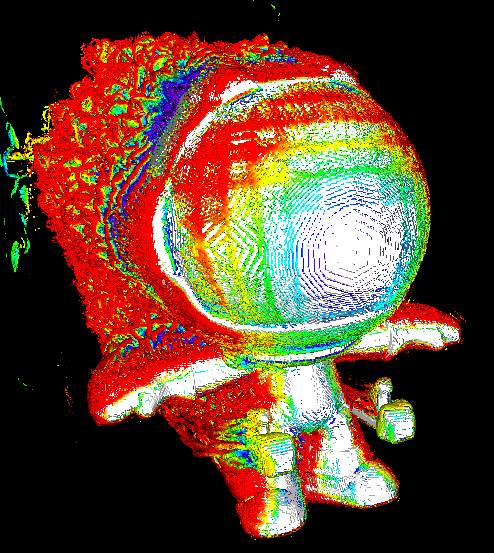my reasoning: the actual colors we can see -> the wavelengths that we can extrapolate to -> basically extrapolated wavelengths plus an ‘unpure-ness’ factor -> not even real wavelengths (ok well king blue and maybe lavender if I’m being generous could be)


So how is red not a slippery slope for the same reasons?
IDK, I can’t tell from looking at the 2015 CIE CMFs (I think these are the most accurate? also I used the firefox plugin “unpaywall” to see them as sci-hub wasn’t working) if there are any completely identifiable red colors or not. I initially assumed there were, but I guess I don’t really know (I had assumed any perceived color could be made from a standard red green and blue, but now I also don’t know if that’s true).
edit: if that assumption is true than there would be no way to produce photons of different wavelengths in a way that looks like a fully saturated red
also the falloff at the end of the spectrum might mess with that a little, it looks like there is a continuously varying ratio of red to green along the end of the spectrum, but I can’t really tell
edit2: it also varies somewhat with age and among individuals apparently, so that might complicate things further
And your brainhole specifics - everything gets processed like this (even monitors with subpixels use a lot of this stuff, or even why you can watch 24p movies):
wiki/White%27s_illusion
yea, there’s also the afterimage / auto white balance factor
also those are fun optical illusions
mildly unrelated, but have you seen https://en.wikipedia.org/wiki/Café_wall_illusion and https://www.shadertoy.com/view/4dBfWK
Yes, brains are wild!